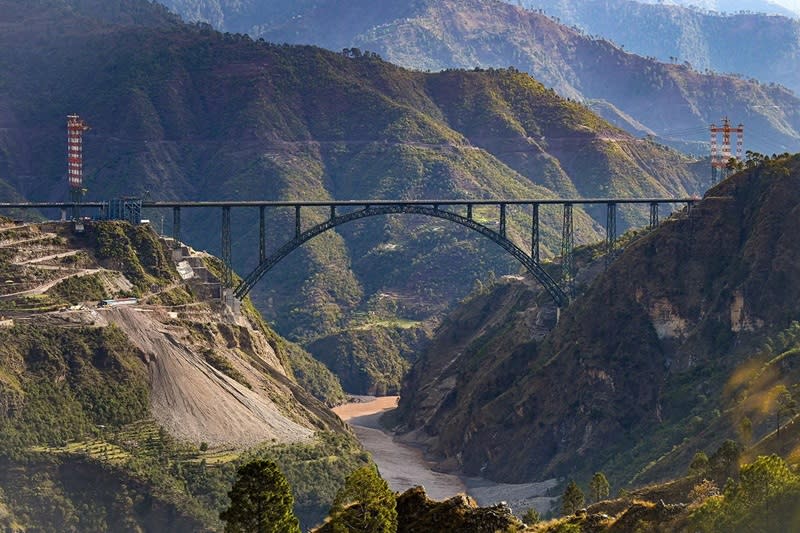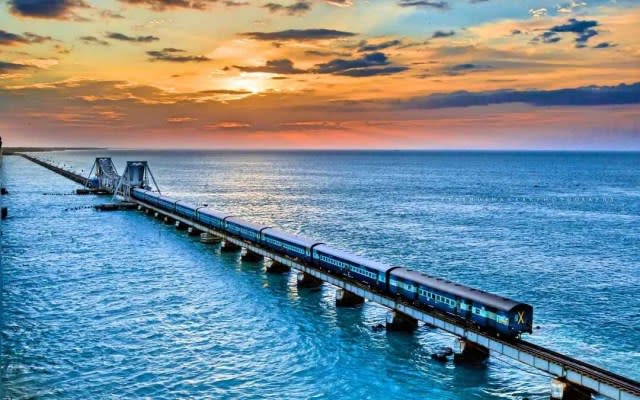Government’s incredible plan to upgrade railway lines sparks excitement for future: ‘Over 8 billion people travel by train annually’
The Indian government has announced that its state-run railway system, Indian Railways, will receive a seven trillion rupee (around $82 billion, as of the writing of this article) investment in track infrastructure over the next decade.
One Redditor shared the good news with the r/trains subreddit, along with a bunch of images of already-built lines and lines that are undergoing construction.


Urban Transport News reported that Indian Railways plans to add about 31,000 miles of new track while also replacing many old tracks with new ones that can accommodate high-speed rail, such as the country’s Vande Bharat Express line, which can reach speeds of up to 110 miles per hour.
This type of investment in high-speed rail is good news for the planet. Studies have shown that high-speed rail is the most efficient and least environmentally harmful form of long-distance travel compared to airplanes or cars.
According to one study published in the journal Transport Policy, train travel produces only one-seventh as much planet-overheating pollution per passenger as commercial air travel.
Would you want a high-speed railway in your state?
YES
NO
Click your choice to see results and speak your mind
Unlike planes, trains can (but do not necessarily always) run on clean, renewable electricity rather than polluting nonrenewable fuel. Although India, the third-largest energy consumer in the world, still sources around 70% of its energy from coal, that number is shrinking as solar power expands rapidly. A further expansion of solar combined with a robust national high-speed rail system could drastically reduce the country’s contribution to global overheating.
According to figures released by the Indian Ministry of Railways, “over 8 billion people travel by train annually,” a number that the Ministry expects to grow astronomically to 80 billion by 2030, per Urban Transport News.
While high-speed rail systems require substantial financial investment, they can be built out in relatively short order, as evidenced by India’s plan to expand exponentially over the course of just a few years. China is another example, with its high-speed rail system the envy of the world, by building out about 28,000 miles of track within about two decades.
The more countries that invest in similar systems, the better it is for their citizens and the planet.
Join our free newsletter for cool news and actionable info that makes it easy to help yourself while helping the planet.

